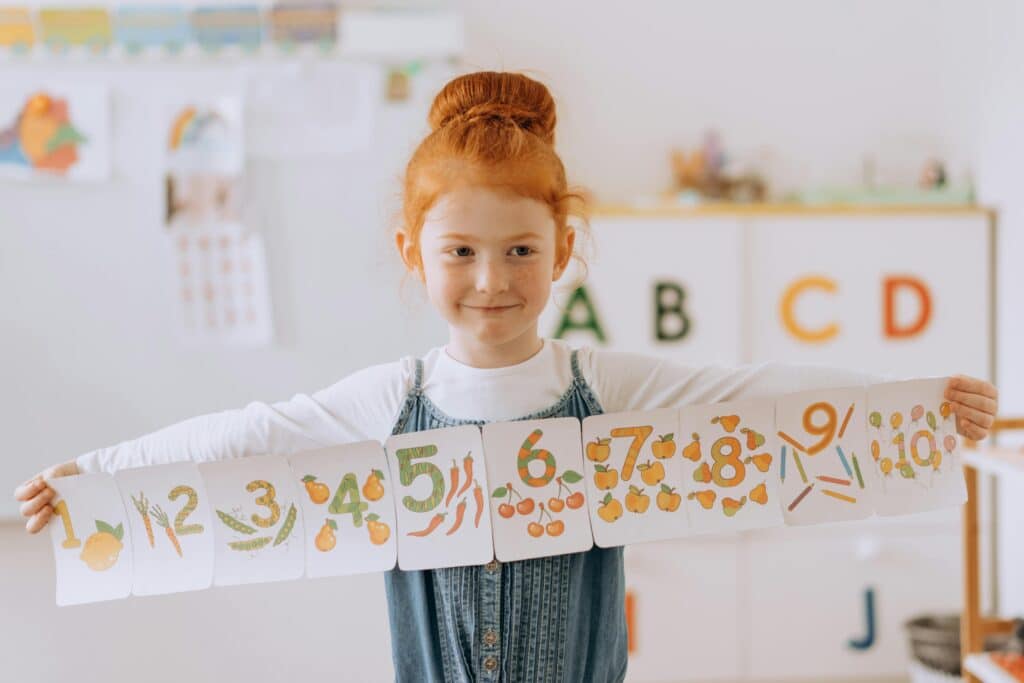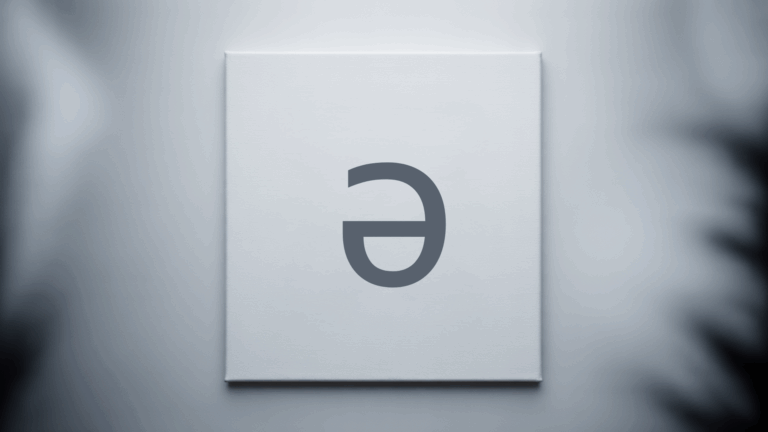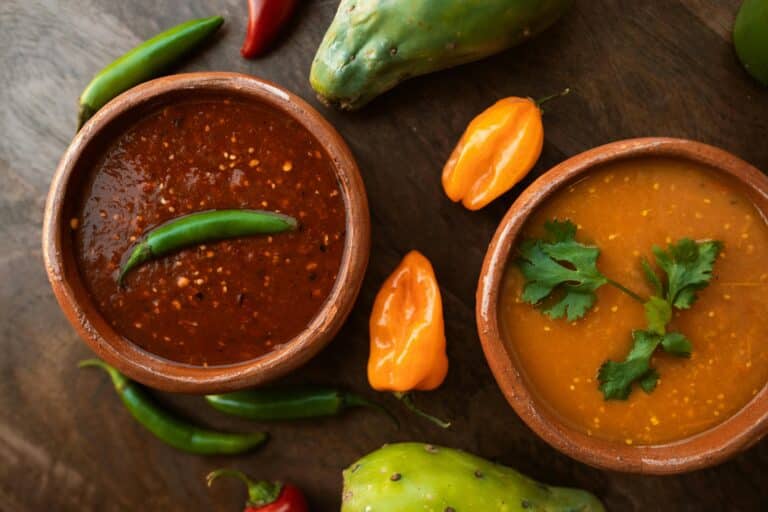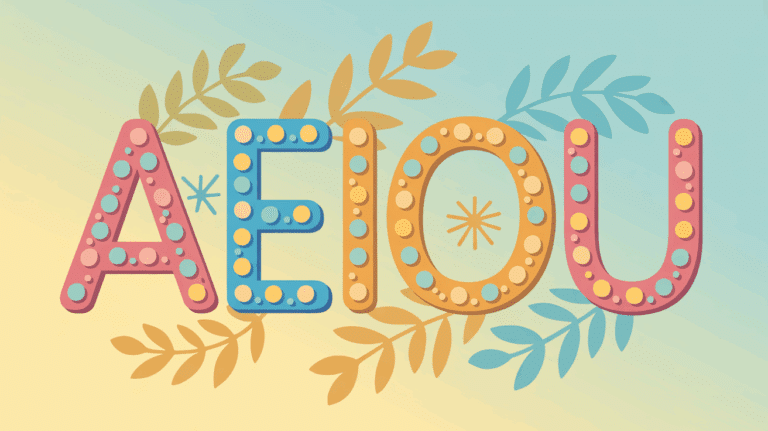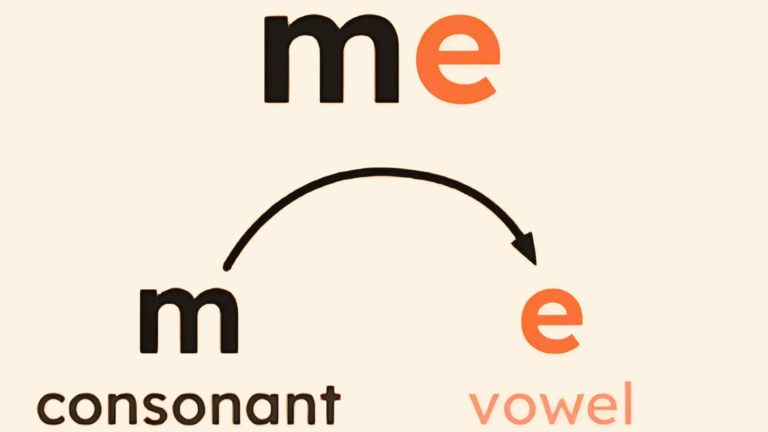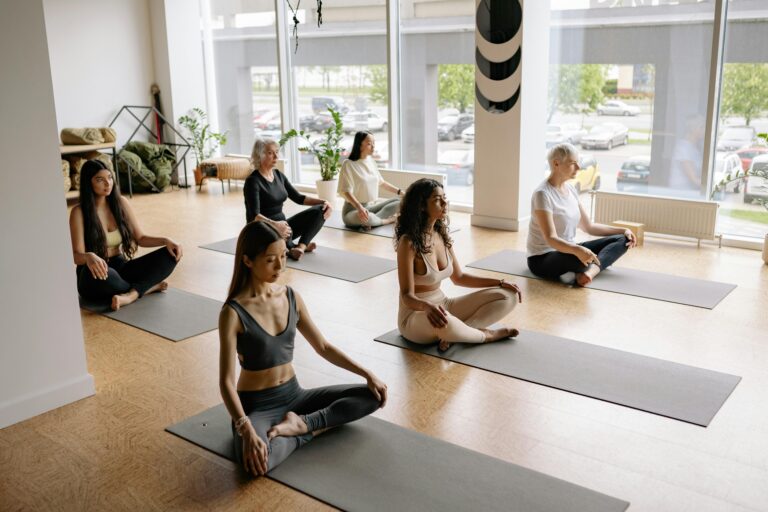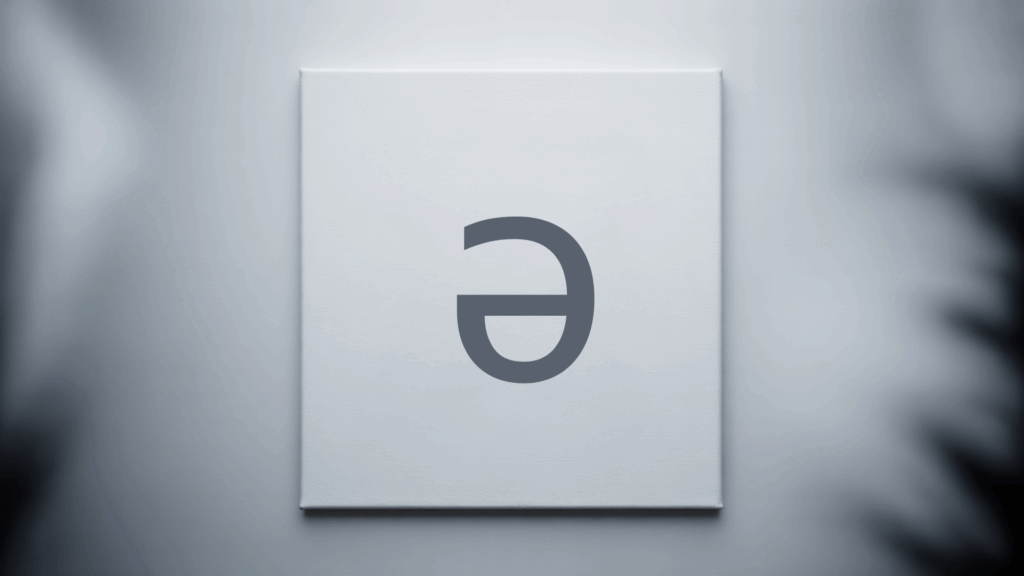Barring any type of disorder, children have no trouble embracing language learning. That’s because passive learning dominates; kids learn to speak as they eat and play. By contrast, math learning is almost always active: in a classroom, with thinking skills engaged. How to make math learning as effortless as language mastery? All the math tutors near me use these strategies to get their pupils comfortable with math concepts.
Kitchen Math
Today’s kitchens are treasure troves of math tools. Measuring cups and spoons, glasses and plates of various sizes, and pots and pans are everyday items of math reinforcement. A rainy day might see you baking cookies with your elementary-school learners. Along the way, you might casually insert questions like “How many half-teaspoons make 2 teaspoons?” and “How many ounces in a cup?”.
Your smallest math learners will grasp volume concepts by pouring the contents of a small glass of water into a bigger one. Make it fun by pouring a full big glass into a smaller one – oh, the splashing! Let them help you count how many potatoes to cook for dinner and how many lettuce leaves will fill the salad bowl.
Older math students can help you slice and dice. “Cut this roast into one-inch cubes” and “This cucumber needs to be in ¼-inch slices” will boost their visual and spatial skills.
Scavenger Hunts
Today, escape rooms make for a fun, entertaining night out. But they’re just an elaborate twist on the classic scavenger hunt: the search for an initial clue, which leads to the next one, and onto the following, until the prize is found. Why not put your own math-based spin on this classic pastime?
Your clues might read something like this: “Take 7 + 3 steps, then turn right and look down.” or “6 – 2 steps will take you to your prize!” For your older math pupils, make the problems more complex: “6 + 3(8 – 5) / 3 is your next stop”, for example. Reinforcing mental math skills and basic concepts like the order of operations can be fun, after all!
Board Games
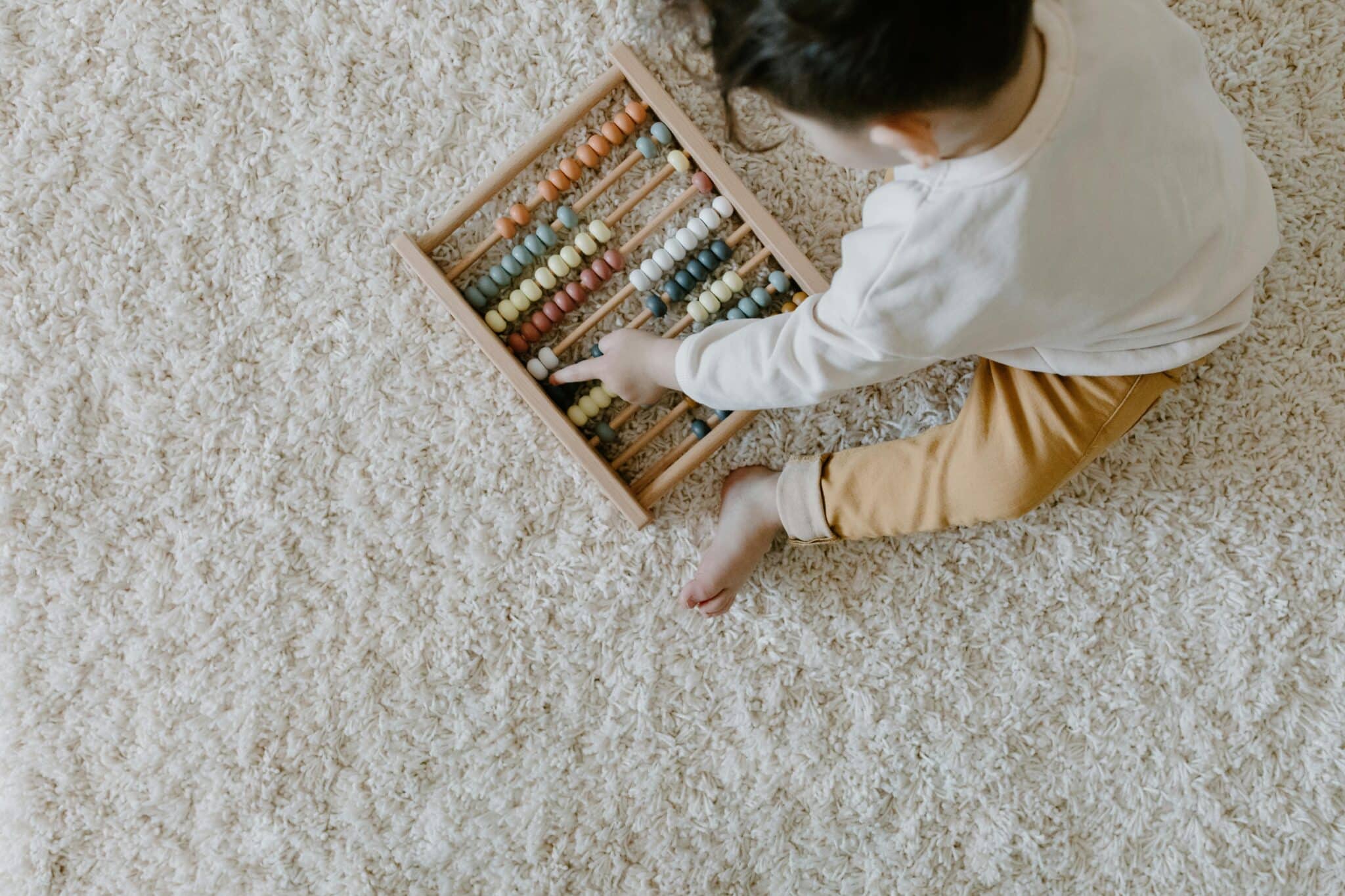
Board games have been around for a long time. People were writing books about chess as early as the 8th century, and backgammon traces its roots to the Royal Game of Ur (~2600 BCE). Both of these strategy games are math-based, relying on spatial awareness and pattern-spotting. Dominoes, another ancient game, also gives kids a chance to flex their math skills.
Backgammon and chess might be a bit too advanced for younger learners, but Monopoly hits all the right notes. Adding up the pips – the spots on the dice, is the most obvious math exercise, but getting hands-on with the money is this game’s superpower. When playing the classic version, this game mirrors real-life financial transactions, including counting paper bills and calculating change.
No worries if your learner is more inclined towards word games. Scrabble serves the dual purpose of vocabulary flexing while boosting mental math fluency: someone has to keep score! Even if your pupil doesn’t like or want to manage the scorecard, they can tally their own points each time they make a word. Besides, don’t Scrabble players mentally add up potential points before placing words to their greatest advantage?
Playing Banker
This activity isn’t limited to play money for The Game of Life and classic Monopoly. Kids as young as six can benefit from participation in household budgeting activities. At first, it might be just keeping the ledger: writing down all the expenses and adding them up. Later (or for older learners), you can expand on the exercise: what percentage of the household budget is food? What about utilities and entertainment?
For kids younger than six, counting money is a popular activity. How many quarters make a dollar? How many nickels and dimes? This exercise carries into the store: what can you buy with five quarters? The item you want costs $1.29: how many nickels, dimes, and quarters do you need to buy it?
As long as you’re shopping, you can introduce comparisons: this one costs this much per ounce, and that one that much/ounce. Which one is the better value? This type of financial literacy escapes college students, and even many adults. It’s best to help your kids learn these math lessons early, to make sound financial decisions later in life.
Playing with Blocks
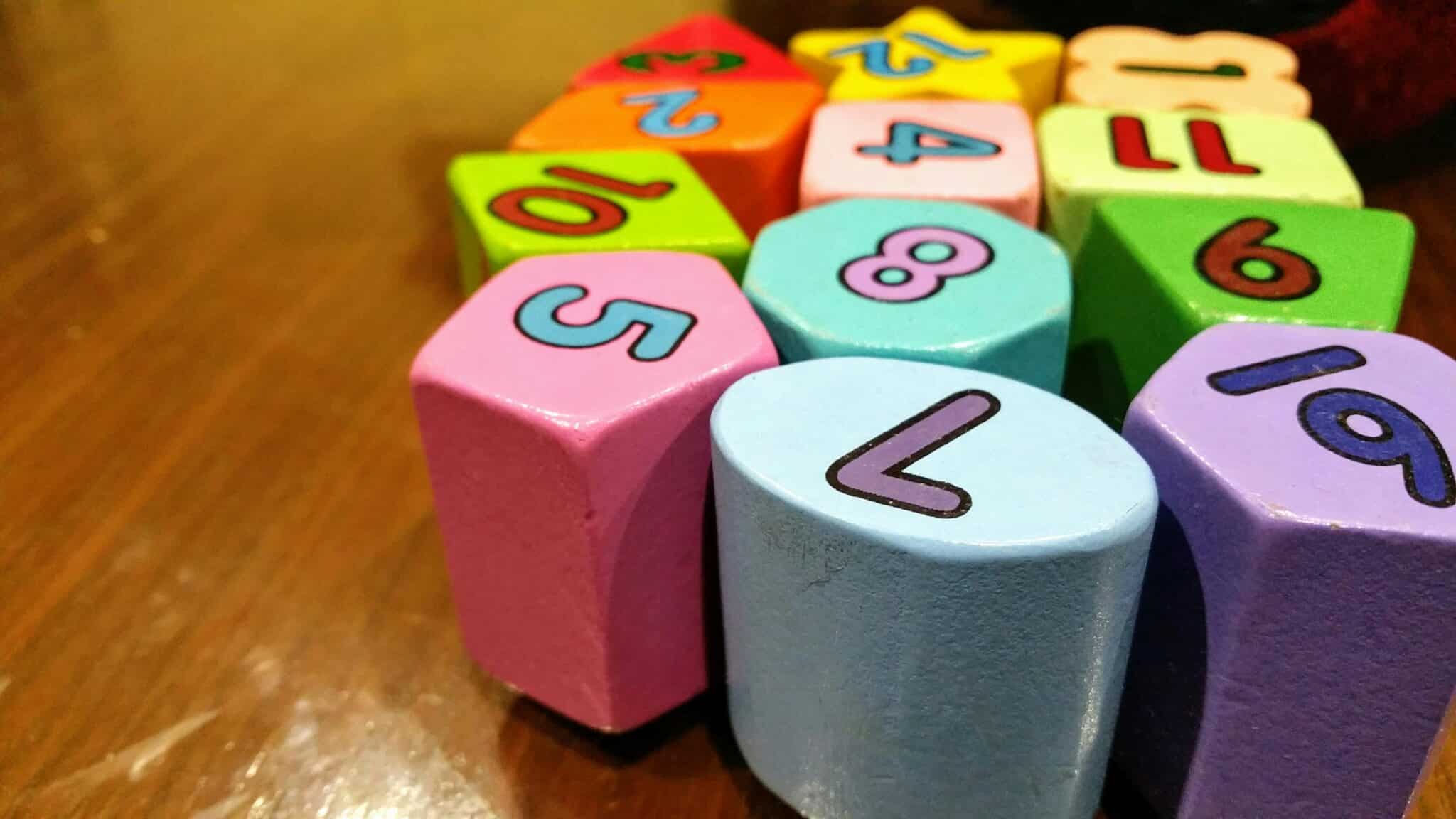
Auditory, visual, and kinesthetic learners: the learning styles theory has long been debunked. Or has it? Singapore Math is a system of learning that involves first manipulating, then visualising math outcomes. Montessori schools also use this strategy to guide their students to math mastery.
It all starts with building blocks (or other items). Blocks can be counted, stacked, and arranged big to small (or vice versa). Ratios and proportions: how many red blocks to blue and yellow ones? Three green blocks plus five blue blocks equals how many blocks? Each red block is worth five yellow blocks: how many red blocks do you need to equal 20 yellows?
These types of exercises build spatial and visualization skills, as well as math fluency. Talking your children through their play connects logic and verbal reasoning to physical form and activity. All these activities give your child the mind for math, practically a guarantee of success in math classes, at every level.


